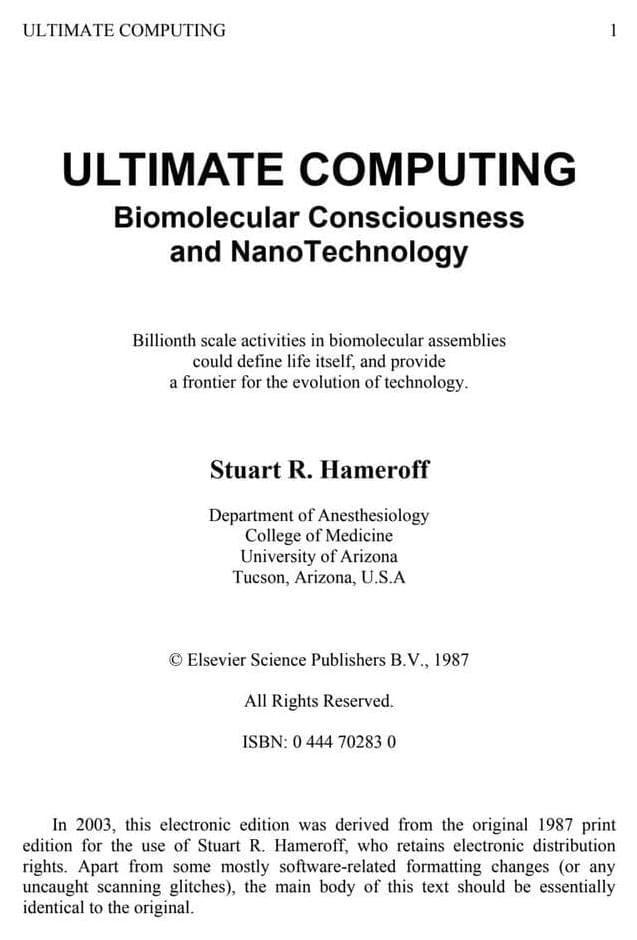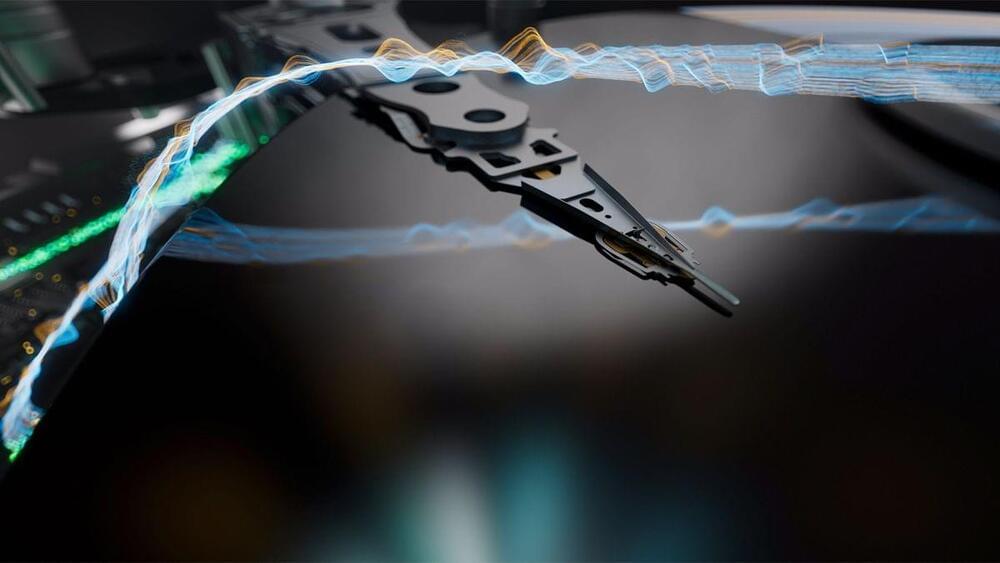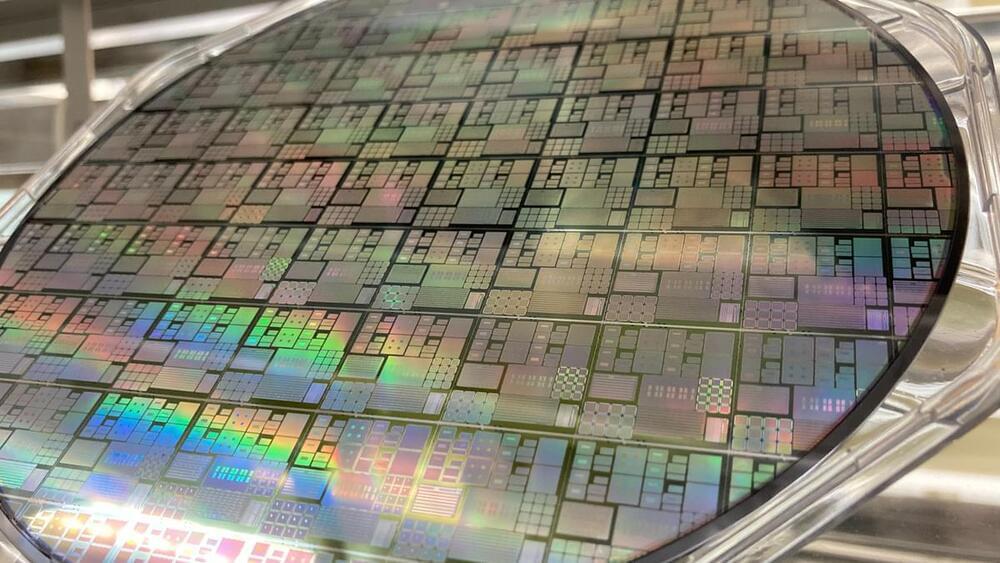Scientists are looking for new ways to recycle plastic in an endless loop, so it never becomes waste. Now, revolutionary technology is advancing the movement.




Using AI and cloud computing, Microsoft was able to identify promising new battery materials for the Department of Energy (DoE) — in a fraction of the time it would usually take.
The challenge: Batteries are an essential part of the clean energy future. We need them to power electric vehicles and to store energy from solar and wind.
Currently, lithium-ion batteries are our best option for both of these uses, but they aren’t ideal. Because lithium is relatively scarce, it’s also expensive, and the metal is often unethically mined using child labor and environmentally destructive processes.
What does it mean for space and time to be the same thing? Not related to each other, but literally two descriptions of precisely the same entity: \.
A Visual Model of Space and Time linking Gravity, Dark Energy, Black Holes, and Inertia.
Go to https://l.linqto.com/anastasiintech to secure your $500 discount off your first investment into Cerebras or any leading AI tech companies on Linqto! My discount code ANASTASI500 is valid for 30 days.
The Paper: https://arxiv.org/abs/2312.10868
Mixture of Experts explained here: https://huggingface.co/blog/moe.
Consciousness discussion with Nick Bostrom: • Mind Uploading is Closer Than You Thi…
TIMESTAMPS:
00:00 — AA’s Technology.
06:28 — Conscious AI System.
08:48 — What’s next after LLMs?
13:53 — AGI
15:42 — Other AI Startups to watch in 2024
17:02 — 2024 Outlook.
Support me at Patreon ➜ / anastasiintech.
Sign up for my Deep In Tech Newsletter for free! ➜ https://anastasiintech.substack.com.
Connect on Twitter: / anastasiintech.
In a recent study, a team of researchers at Max Planck Institute for Physics proposed that advanced extraterrestrial civilizations may be using black holes as quantum computers. No matter how advanced a civilization may be, we are all bound by the laws of quantum physics and gravity. So, if aliens are indeed out there, they could be using the geometry of spacetime around a black hole which behaves like a quantum computer. And, as if that weren’t enough, quantum computing is also immune to decryption, making it the perfect tool for secure communication. Roger Penrose, famously proposed that it is possible to extract limitless energy from a black hole by tapping into its Ergosphere. This is a region just outside the event horizon, where matter falling into the black hole forms a disk that spins at nearly the speed of light and emits massive amounts of radiation. Several researchers now suggest that this may be the ultimate power source for advanced civilizations. Subscribe to Science Time: https://www.youtube.com/sciencetime24 #science #shorts #space
Cosmologists believe that multiple universes really exist; they call the whole vast collection, which might even be infinite in number, the ‘multiverse’. But how are all these universes generated? There are several ways, each radically different from the others, each incredibly fascinating, each capable of generating infinite universes.
Free access to Closer to Truth’s library of 5,000 videos: http://bit.ly/376lkKN
Watch more interviews on multiple universes: https://bit.ly/3JrzQkF
Lee Smolin is an American theoretical physicist, a researcher at the Perimeter Institute for Theoretical Physics, and an adjunct professor of physics at the University of Waterloo. He is best known for his work in loop quantum gravity.
Register for free at CTT.com for subscriber-only exclusives: http://bit.ly/2GXmFsP
Closer to Truth, hosted by Robert Lawrence Kuhn and directed by Peter Getzels, presents the world’s greatest thinkers exploring humanity’s deepest questions. Discover fundamental issues of existence. Engage new and diverse ways of thinking. Appreciate intense debates. Share your own opinions. Seek your own answers.

Data is written to the memory cell by changing the magnetization in the free layer (which acts as the ‘storage’ layer in the MRAM bit cell) by passing a current through the heavy metal layer, which generates a spin current and injects it into the adjacent magnetic layer, switching its orientation and thus changing its state. Reading data involves assessing the magnetoresistance of the MTJ by directing a current through the junction. The main difference between STT-and SOT-MRAM resides in the current injection geometry used for the write process, and apparently, the SOT method ensures lower power consumption and device longevity.
While SOT-MRAM offers lower standby power than SRAM, it needs high currents for write operations, so its dynamic power consumption is still quite high. Furthermore, SOT-SRAM cells are still larger than SRAM cells, and they are harder to make. As a result, while the SOT-SRAM technology looks promising, it is unlikely that it will replace SRAM any time soon. Yet, for in-memory computing applications, SOT-MRAM could make a lot of sense, if not now, but when TSMC learns how to make SOT-MRAM cost-efficiently.